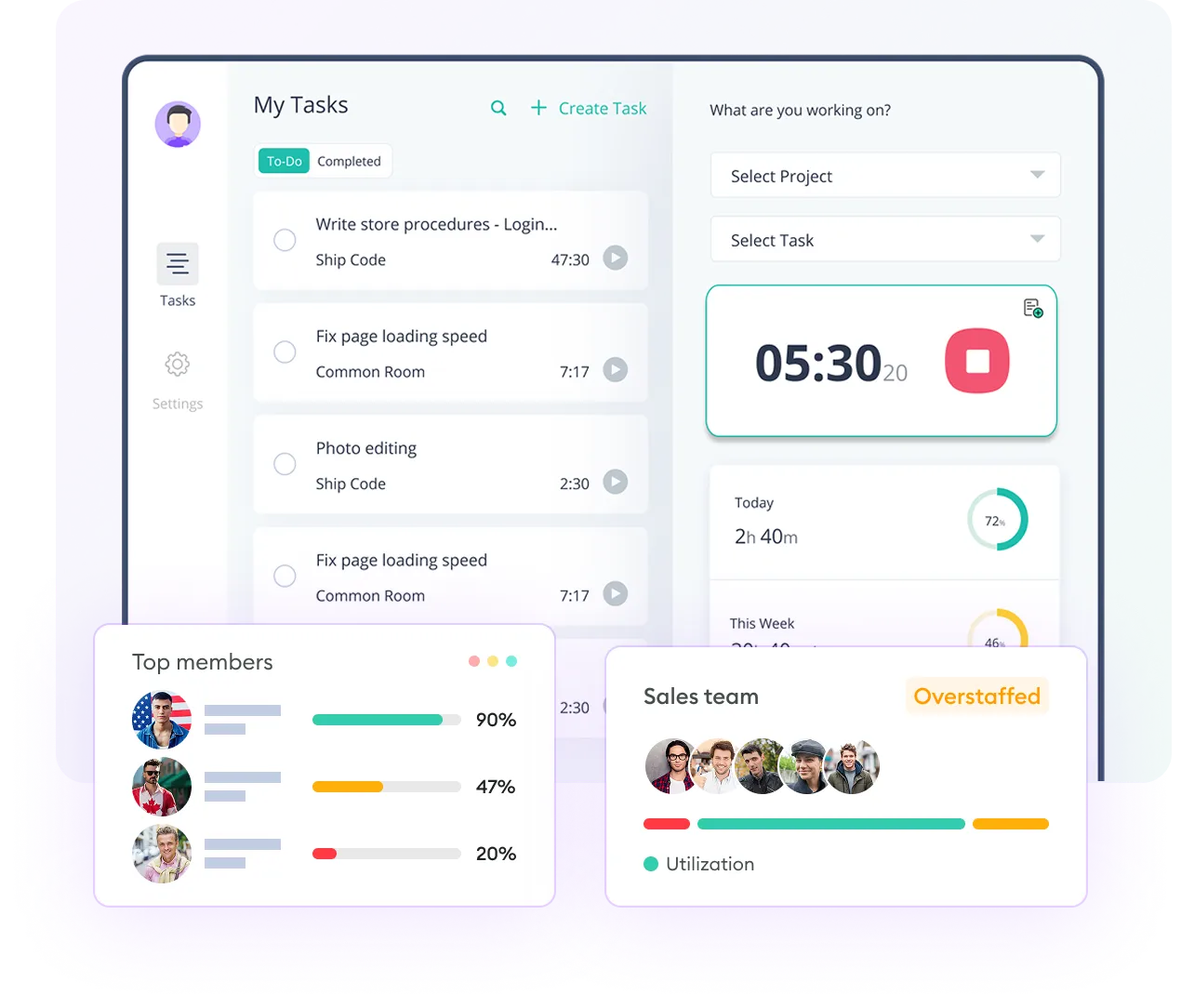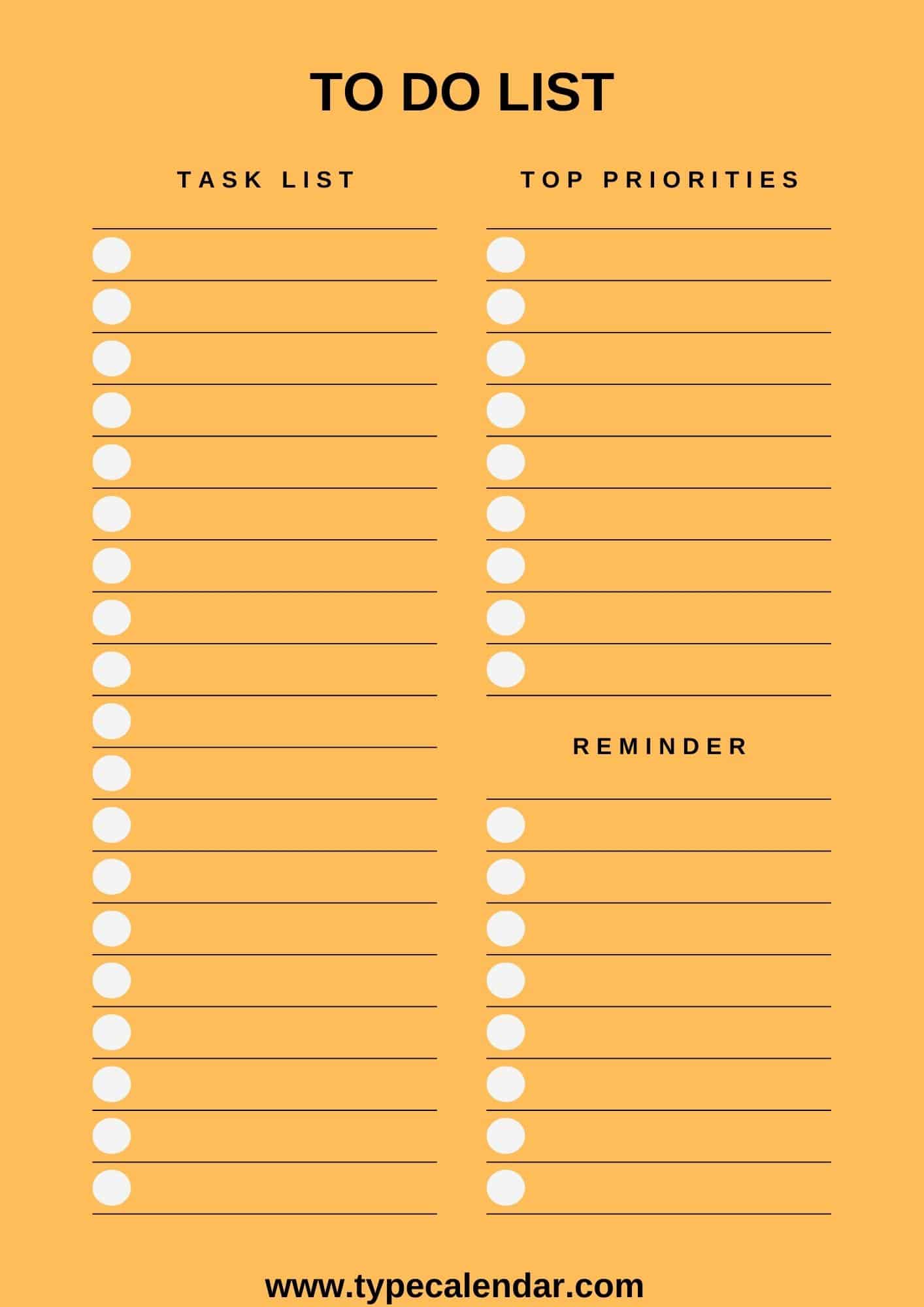Do you ever feel overwhelmed trying to keep up with your daily tasks? Tracking your work shouldn’t add to your stress—it should help you stay focused and in control.
Imagine ending each day knowing exactly what you’ve accomplished without feeling drained. You’ll discover simple, effective ways to track your daily work that actually make your life easier. Ready to take charge of your time and boost your productivity without the headache?
Let’s dive in.
Benefits Of Daily Work Tracking
Tracking daily work helps keep tasks clear and goals in sight. It reduces confusion and makes managing time easier. Writing down work done shows progress and areas to improve. This habit supports steady growth and less stress.
Improves Focus And Productivity
Daily tracking helps you focus on one task at a time. It stops distractions by showing what needs attention. You finish tasks faster and with better quality. It creates a clear path to follow each day.
Supports Better Time Management
Tracking work reveals how long tasks really take. This helps plan your day more realistically. You avoid spending too much time on small jobs. More time opens for important or urgent work.
Boosts Motivation And Satisfaction
Seeing completed tasks boosts your mood and drive. It feels good to check off items from your list. This sense of achievement keeps you motivated daily. Small wins add up to bigger success.
Identifies Patterns And Problems
Daily records show when work slows or stops. You spot habits that waste time or cause stress. Fixing these patterns leads to smoother work days. It helps find better ways to work.
Enhances Communication And Accountability
Tracking work makes sharing progress easier with others. It shows what you have done and what is next. This builds trust and clear communication in teams. You stay responsible for your tasks and deadlines.
Choosing The Right Tools
Choosing the right tools to track your daily work makes a big difference. The right tool helps you stay organized without feeling overwhelmed. It fits your style and boosts your productivity. You can pick from digital apps or traditional methods. Each has clear benefits and suits different needs.
Digital Apps
Digital apps offer quick and easy ways to track tasks. You can set reminders and deadlines to stay on top. Many apps sync across devices, keeping your work updated everywhere. They often include features like notes, timers, and progress charts. These apps help you see your work clearly and reduce stress.
Some popular apps are simple to use, even for beginners. They allow you to organize tasks by priority or project. Notifications keep you alert without constant checking. Using digital tools can save time and keep your workflow smooth.
Traditional Methods
Traditional methods like notebooks and planners remain useful. Writing tasks down by hand helps some people remember better. A physical planner does not rely on batteries or internet access. You can customize pages with doodles or color codes for clarity.
Some find crossing off completed tasks very satisfying. It gives a real sense of achievement. Traditional methods reduce screen time and distractions. They work well for those who prefer simplicity and tactile interaction.
Setting Clear Daily Goals
Setting clear daily goals helps you focus on what matters most. It breaks your day into small, easy steps. This makes work less stressful and more manageable. Goals give your day a clear direction. You know what to do and when to do it.
Clear goals also boost your motivation. Checking off tasks feels good. It shows progress and keeps you moving forward. Without goals, you might feel lost or overwhelmed. Setting goals stops that. It creates a simple plan for your day.
Define Specific Tasks
Start with small, specific tasks. Avoid vague goals like “work on project.” Instead, say “write project introduction.” Specific tasks help you focus. They are easier to complete and track.
Set Realistic Deadlines
Give each task a clear deadline. Deadlines keep you on track. They prevent procrastination. Make sure deadlines are doable. Too tight deadlines cause stress.
Prioritize Your Goals
Not all tasks are equal. Rank your goals by importance. Do top priorities first. This ensures important work gets done. Less important tasks can wait.
Write Down Your Goals
Writing goals makes them real. Use a notebook or app. Seeing goals helps you remember them. It also boosts your commitment.
Review And Adjust Daily
Check your goals at day’s end. See what you finished and what you didn’t. Change tomorrow’s goals if needed. This keeps your plan flexible and stress-free.

Credit: apploye.com
Creating A Simple Tracking Routine
Creating a simple tracking routine helps you stay organized without stress. It breaks your day into easy steps. Each step guides your focus and keeps your tasks clear. This routine fits into any schedule and keeps your work on track.
Morning Planning
Start your day by listing your top tasks. Choose three to five important jobs to finish. Write them down or use an app. This sets your goals and gives your day direction. Keep the list short to avoid feeling overwhelmed.
Midday Check-ins
Pause around noon to review your progress. Check which tasks are done and what needs more time. Adjust your plan if needed. These small breaks help you stay aware and reduce stress. They also stop you from working too long on one thing.
End-of-day Review
Spend a few minutes reviewing the day’s work. Mark tasks completed and note what is left. Reflect on what went well and what can improve. This helps you plan better tomorrow. It also gives a sense of accomplishment before ending your day.
Managing Distractions Effectively
Managing distractions effectively is key to tracking daily work without stress. Distractions break focus and slow progress. Controlling them helps maintain steady work flow.
It takes planning and simple habits to reduce interruptions. Small changes create a calmer work environment. This section explains easy steps to manage distractions well.
Identify Your Main Distractions
Start by noticing what pulls your attention away. It could be phone notifications, noisy places, or web browsing. Knowing your distractions is the first step to control them.
Write them down to see patterns. This helps focus on stopping the biggest interruptions first.
Create A Distraction-free Workspace
Set up a quiet and tidy work area. Remove items that cause distractions. Turn off unnecessary devices and alerts.
A clean space helps your mind stay on tasks. Keep only what you need for work close by.
Use Time Blocks For Focus
Divide your day into blocks of focused work time. During these blocks, avoid checking messages or social media. Short breaks between blocks refresh your mind.
This method helps keep distractions out and boosts productivity.
Practice Saying No
Learn to say no to interruptions politely. Inform others of your work time and ask for quiet. Setting boundaries protects your focus and work progress.
Respect your own time to reduce stress and distractions.

Credit: www.typecalendar.com
Adjusting Your Plan For Flexibility
Adjusting your plan for flexibility helps reduce stress in daily work tracking. Plans often change. Tasks take more or less time than expected. Flexibility lets you handle these changes smoothly.
Being flexible means changing your plan without feeling overwhelmed. It helps keep your work on track. It also allows time for unexpected tasks and breaks.
Understanding The Need For Change
Plans are never perfect. Some tasks may take longer. Others might finish early. Recognizing this need for change keeps your plan realistic.
Check your progress daily. Notice what works and what doesn’t. This habit helps adjust your plan in time.
Setting Realistic Goals
Set goals that match your energy and time. Avoid packing too many tasks in one day. Realistic goals reduce pressure and make tracking easier.
Break big tasks into smaller steps. This makes progress clear. It also allows easy adjustments if needed.
Using Time Buffers
Add extra time between tasks. These buffers catch delays without ruining your schedule. They give space for quick breaks too.
Time buffers make your plan less strict. This lowers stress and helps you stay flexible.
Reviewing And Updating Daily
Spend a few minutes each day to review your plan. Check completed tasks and note unfinished ones. Update your plan to fit new priorities.
Regular reviews keep your plan current. They help avoid feeling lost or behind.
Celebrating Small Wins
Tracking daily work can feel tiring and overwhelming. Celebrating small wins helps keep motivation high and stress low. Recognizing little achievements creates positive energy. It reminds you that progress is happening, even if slow.
Small wins build confidence. They show that your efforts matter. This can help you stay focused and enjoy your work more. Taking time to celebrate keeps burnout away.
Recognize Every Achievement
Write down each small task you finish. This makes your progress clear and real. Seeing the list grow boosts your mood. Each checkmark feels like a success.
Set Simple Rewards
Give yourself a small treat for completing tasks. It could be a short break or a favorite snack. Rewards make work feel less like a chore. They encourage you to keep going.
Share Wins With Others
Tell a friend or colleague about your progress. Sharing your wins invites support and praise. It makes the achievement feel bigger and more real.
Reflect On Your Growth
At the end of the day, look back at what you did. Notice how small wins add up over time. This reflection helps you see your journey clearly. It also prepares you for tomorrow’s tasks.

Credit: apploye.com
Frequently Asked Questions
How Can I Track Daily Work Without Feeling Overwhelmed?
Use simple tools like to-do lists or apps. Break tasks into smaller steps. Prioritize tasks and take short breaks to avoid stress.
What Are The Best Tools To Track Daily Tasks?
Popular tools include Trello, Asana, and Microsoft To Do. These apps offer easy task management and reminders to stay organized.
How Often Should I Review My Daily Work Progress?
Review your tasks at the start and end of each day. This helps you stay on track and adjust priorities as needed.
Can Tracking Daily Work Improve Productivity?
Yes, tracking helps identify priorities and deadlines. It reduces procrastination and keeps you focused, which boosts overall productivity.
Conclusion
Tracking your daily work can be simple and stress-free. Use easy tools like lists or apps to stay on track. Check your progress often and adjust your plans. Small steps each day lead to big results. Keep your goals clear and focus on one task at a time.
With patience and practice, work tracking becomes a helpful habit. Try these tips and enjoy a calm, organized workday.
